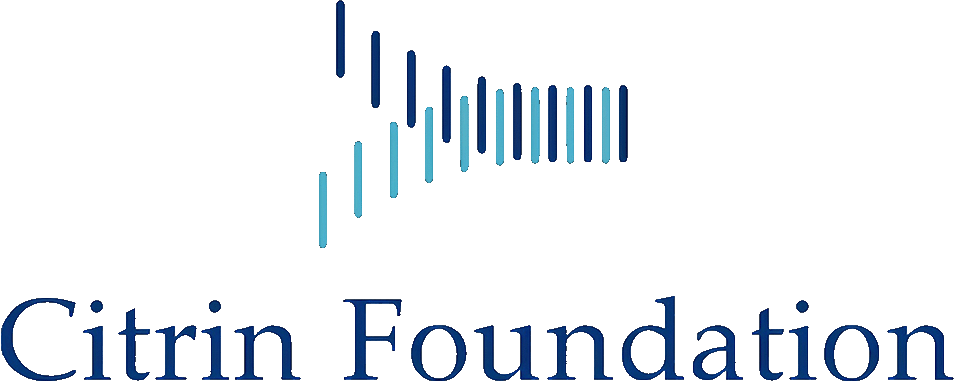Prof. Marc Hellerstein, M.D. PhD
University of California, Berkeley
Metabolic alterations in vivo in liver of rodent CD double knock-out model and effects of redox manipulations
CD is arguably the cleanest example of a liver redox disease in human biology. Yet the metabolic consequences – the phenotype – of this monogenic disorder remain poorly understood. Although human CD has some predictable metabolic consequences, many metabolic features defy current knowledge about hepatic metabolic regulation.
We propose studies to quantify metabolic flux alterations fluxes in liver in vivo in a mouse CD model (citrin-G3PDHm double knockout) and the response to interventions (milestone-based, in year 2). Advances in stable isotope-mass spectrometric methods allow basic metabolic control questions to be measured, including: hepatic de novo lipogenesis, gluconeogenesis, glyceroneogenesis and production rates of cytosolic acetyl-CoA and triose-phosphate, by mass isotopomer distribution analysis; hepatic-specific glycolysis/gluconeogenesis and oxidation of long chain & medium chain fatty acids by loss of deuterium from 2H-labeled substrates; and synthesis of key liver enzymes, including arginosuccinate synthetase, by heavy water labeling. In addition, a powerful tool to dissipate cellular NADH through expression of bacterial NADH oxidase (LbNOX) will be deployed and the therapeutic consequences of medium chain triglyceride (MCT) administration will be established. Our primary objectives are to correlate measurements of key hepatic metabolic pathway fluxes with molecular changes (gene expression, redox state) and to test interventions on cytosolic redox (LbNOX, ethanol) or lipid substrates (MCT). We propose a milestone-based decision for advancing to year 2 or potentially switching to a rat CD model. In summary, we hope to understand basic metabolic consequences of CD in liver, to promote effective management and development of new treatments for CD.
(Updated November 2023)


 Dr. Hellerstein is Professor of Human Nutrition at the University of California, Berkeley, where he occupies an Endowed Chair (Dr. Robert C. and Veronica Atkins Chair). He is also Professor of Endocrinology, Metabolism and Nutrition in the Department of Medicine at the University of California at San Francisco, where he ran the diabetes clinic at SF General Hospital for 25 years. Dr. Hellerstein’s medical training was at Yale Medical School and he completed a PhD at the Massachusetts Institute of Technology, in addition to medical training in Internal Medicine and Endocrinology and Metabolism.
Dr. Hellerstein is Professor of Human Nutrition at the University of California, Berkeley, where he occupies an Endowed Chair (Dr. Robert C. and Veronica Atkins Chair). He is also Professor of Endocrinology, Metabolism and Nutrition in the Department of Medicine at the University of California at San Francisco, where he ran the diabetes clinic at SF General Hospital for 25 years. Dr. Hellerstein’s medical training was at Yale Medical School and he completed a PhD at the Massachusetts Institute of Technology, in addition to medical training in Internal Medicine and Endocrinology and Metabolism.